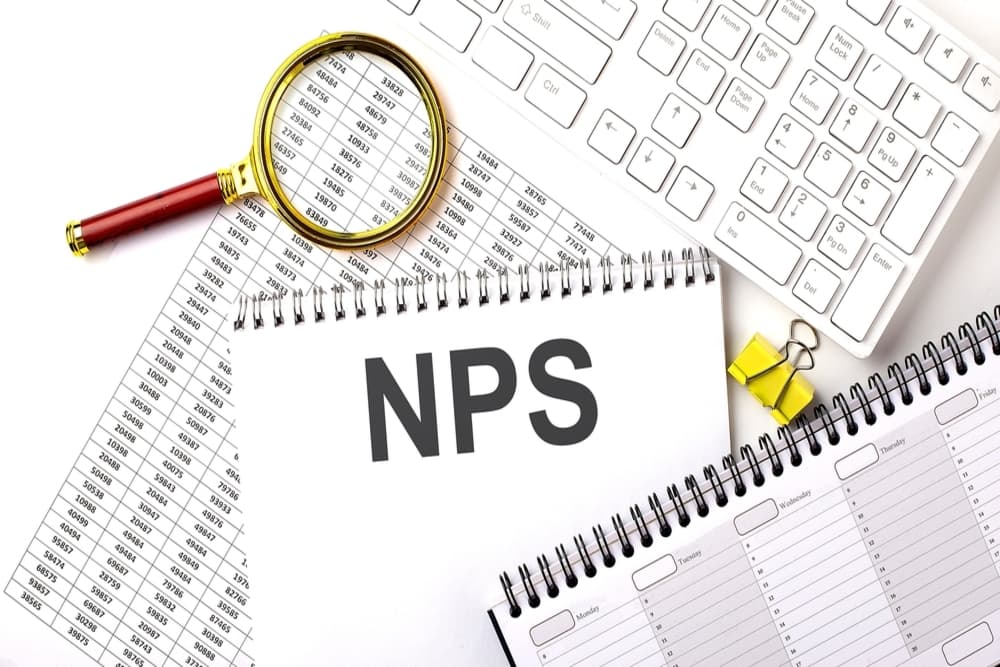The National Pension System (NPS) has laid down clear rules for exit due to the death of the subscriber, invalidation or disability. In the case of death and disability, the nominee or the legal heir must know the rules to initiate the claim settlement process smoothly. Knowing the process will not only equip them to decide whether to exit or continue with the scheme but also help them collect the documents they will require to move their case forward.
Also Read: NPS Withdrawal Forms: Know Which Form You Will Need To File Based On Your Requirements
Exit Due To Death Post-Superannuation
Upon the subscriber’s death after superannuation, 20 per cent of the accumulated corpus will be paid to the nominee or the legal heir in a lump sum, and the remaining 80 per cent will be annuitized for monthly pensions. However, if the accumulated fund is less than Rs 5 lakh, the entire amount will be returned to the nominee in a lump sum as it is below the minimum threshold for receiving a pension. Furthermore, if there are no valid nominations as per the rules at the time of the subscriber’s death, any nomination that exists in the employer’s records for receiving other benefits will be treated as a nomination for NPS. In that case, the employer must send a confirmation of the nomination to the NPS Trust or the central record-keeping agency (CRA). If no valid nomination can be established, the case will be settled in favour of legal heirs.
Exit Due To Disability
Suppose a subscriber exits NPS due to invalidation, disability, or before the age of superannuation, provided the employer confirms the same and discharges them from duties. In that case, the benefits are the same as when the person exits the scheme upon reaching 60. Also, if an employer gives pensionary relief for invalidation or incapacity during service, they can amend or transfer the part or the entire accrued pension corpus to themselves based on service regulations. The remaining fund, if any, would be paid in lump sum to the subscriber.
Likewise, if a subscriber goes missing, 20 per cent of the accumulated fund will be paid as interim relief to the nominee or the legal heir in lump sum; the remaining portion will be used for annuity, as per the provisions of the Indian Evidence Act 1872 and amendments.
Also Read: Budget 2024: 4 Wishlist Of Seniors From Increased Exemption In Mediclaim To Tax-Free Annuities In NPS
Premature Exits
Premature exit refers to leaving service before superannuation age, voluntarily resigning, or being dismissed or removed by the employer. Benefits at exit include annuitisation, where 80 per cent of the accumulated fund is used for monthly pension, and the remaining part is paid to the subscriber in a lump sum. However, they can withdraw the full amount if the corpus is less than Rs 2.5 lakh.
In conclusion, NPS is one of the valuable tools for ensuring financial security in old age. This government-backed small savings scheme not only guarantees pensions but also provides opportunities for long-term wealth creation. Upon reaching 60 or at retirement, the subscriber can withdraw up to 60 per cent of the corpus in a lump sum or systematically at a predetermined frequency, and the rest they will need to invest in an annuity plan for monthly pensions.




